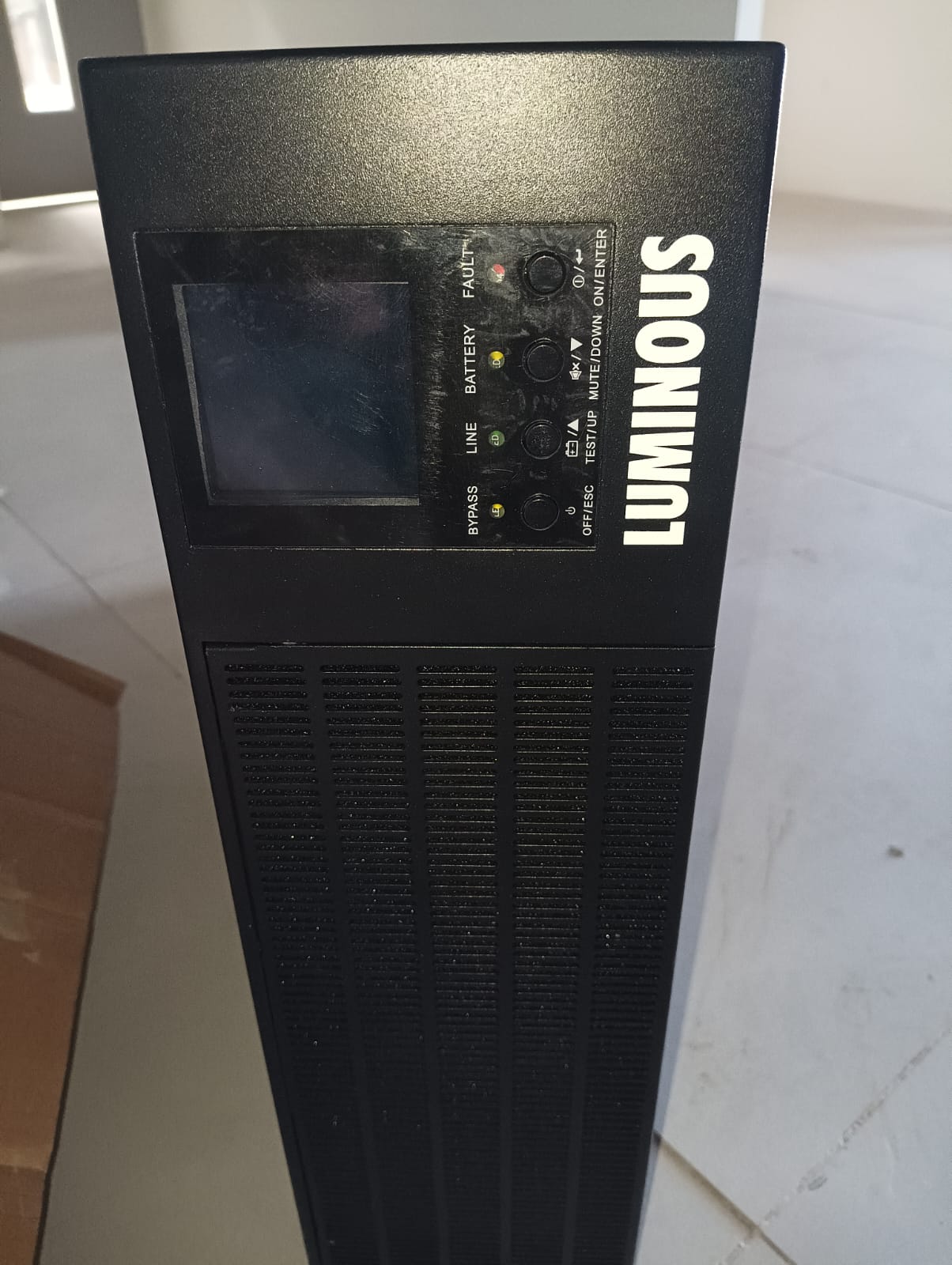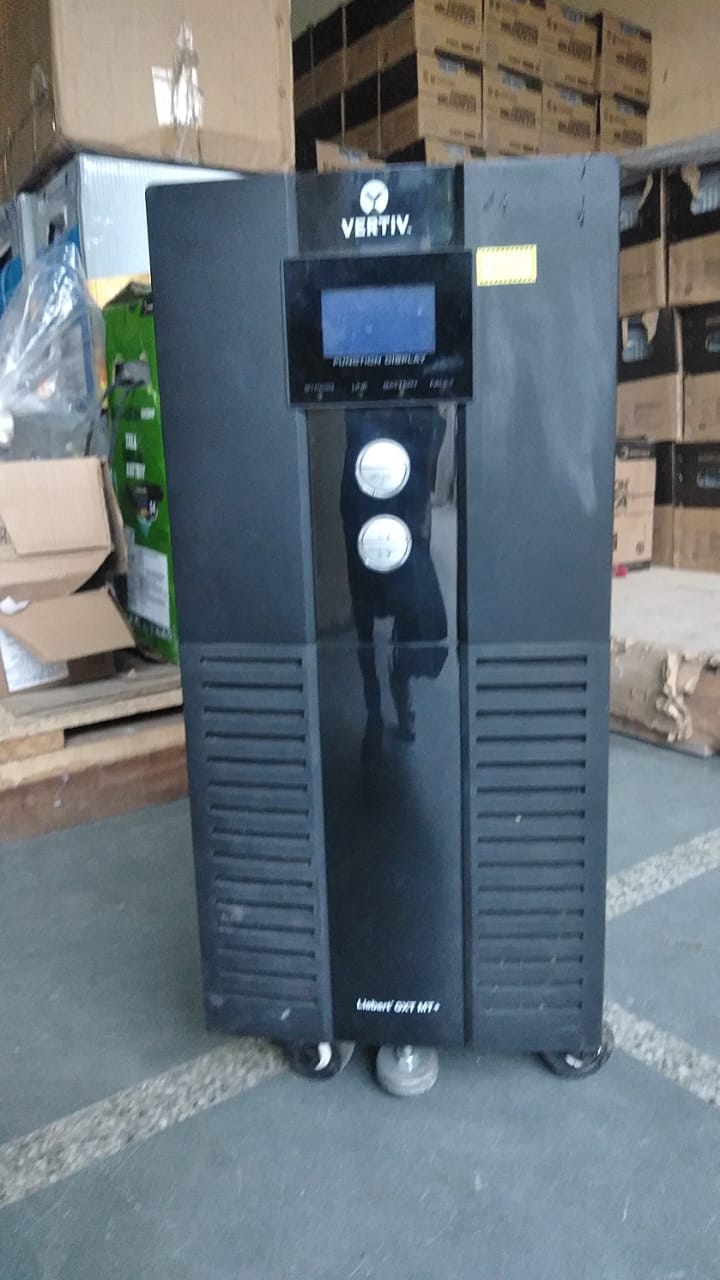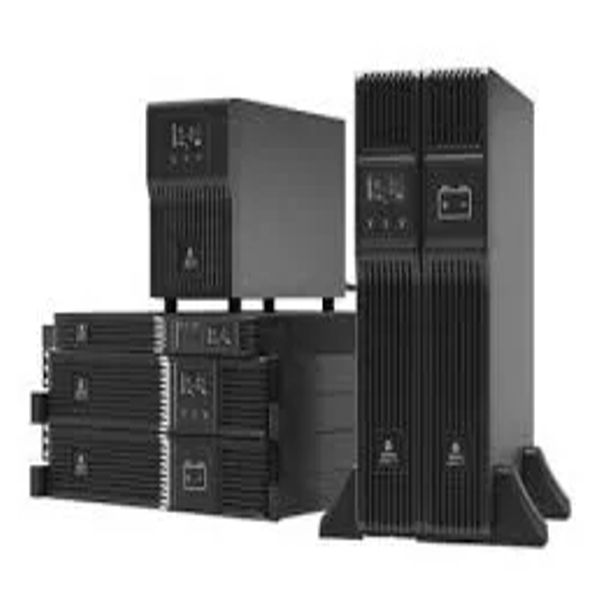Vertiv 2kVA UPS SB MODEL & LB MODEL The Vertiv 2kVA UPS models in the SB (Standby) and LB (Line-Interactive) series offer similar features to their 1kVA counterparts, but with higher power ratings to cater to larger or more demanding devices. Here are the general details for each series in the 2kVA range: 1. Vertiv 2kVA SB (Standby) Series UPS The SB Series for 2kVA is a basic UPS solution designed for small office and home office environments where power backup and protection from power surges are required for a range of devices. Key Features: Topology: Standby (Off-line) Power Rating: 2kVA / 2000VA Output Power: 1200W - 1600W (depending on model) Input Voltage: 160V - 280V (wide voltage range) Output Voltage: 230V ± 10% Waveform Type: Simulated Sinewave (approximate sinewave output) Battery Type: Sealed Lead-Acid (SLA) or VRLA (Valve-Regulated Lead-Acid) Battery Capacity: Typically 12V, 9Ah or 12Ah (varies by model) Charging Time: Approximately 4-8 hours for a full charge Backup Time (Runtime): Provides backup for 5-15 minutes depending on the load (e.g., for 60-80% load) Cooling: Fan-assisted cooling for heat dissipation Interfaces: USB or serial ports for monitoring (depending on model) Form Factor: Typically Tower Additional Features: Surge protection Overload and short-circuit protection Low battery, overload, and fault indicators Automatic shutdown feature with optional software Audible alarms for power events (e.g., overload, low battery, fault) Compact design for easier placement in home office or small business environments Ideal Use Case: Home offices and small businesses Workstations, point-of-sale (POS) systems, and network equipment Consumer electronics that need surge protection and limited backup time 2. Vertiv 2kVA LB (Line-Interactive) Series UPS The LB Series for 2kVA is a more robust and efficient option than the Standby series, suitable for more demanding applications. It provides better voltage regulation and a higher level of protection due to the line-interactive topology. Key Features: Topology: Line-Interactive Power Rating: 2kVA / 2000VA Output Power: 1400W - 1800W (varies by model) Input Voltage: 140V - 300V (wider input range than SB series) Output Voltage: 230V ± 10% Waveform Type: Simulated Sinewave (typically) or Pure Sinewave (depending on model) Battery Type: Sealed Lead-Acid (SLA) or VRLA Battery Capacity: Typically 12V, 9Ah or 12Ah (varies by model) Charging Time: Around 4-6 hours to fully charge the battery Backup Time (Runtime): Can provide backup for 10-20 minutes depending on load (typically for a 50-70% load) Form Factor: Tower or Rackmount (depending on model) Interfaces: USB and/or Serial port for monitoring and management (some models support software for auto-shutdown) Additional Features: Automatic Voltage Regulation (AVR) to correct voltage fluctuations Cold Start: Can be turned on without mains power (useful in power failure situations) Overload, short-circuit, and low battery protection LCD or LED display (on some models) for real-time monitoring of UPS status, battery level, load capacity, etc. Enhanced battery management and energy-saving features to extend battery lifespan Audio and visual alerts for power failures, overloads, and battery issues Smart monitoring and management with optional software for power event logging and automatic shutdown Ideal Use Case: Small to medium-sized servers, workstations, and network equipment Sensitive equipment needing more precise power regulation IT infrastructures that require more consistent and reliable power protection Critical devices where frequent voltage fluctuations or outages could damage equipment Conclusion: SB Series (2kVA): The SB Series is a more cost-effective option for users who need basic backup power and surge protection for small office or home use. It is ideal for lower-power devices and non-critical applications where voltage regulation isn't a priority. LB Series (2kVA): The LB Series provides more robust features, such as Automatic Voltage Regulation (AVR), better battery management, and longer runtime. This makes it a better option for users who need more reliable and consistent power, especially in small to medium business environments, servers, or critical systems where power fluctuations are more common.
Send Message







